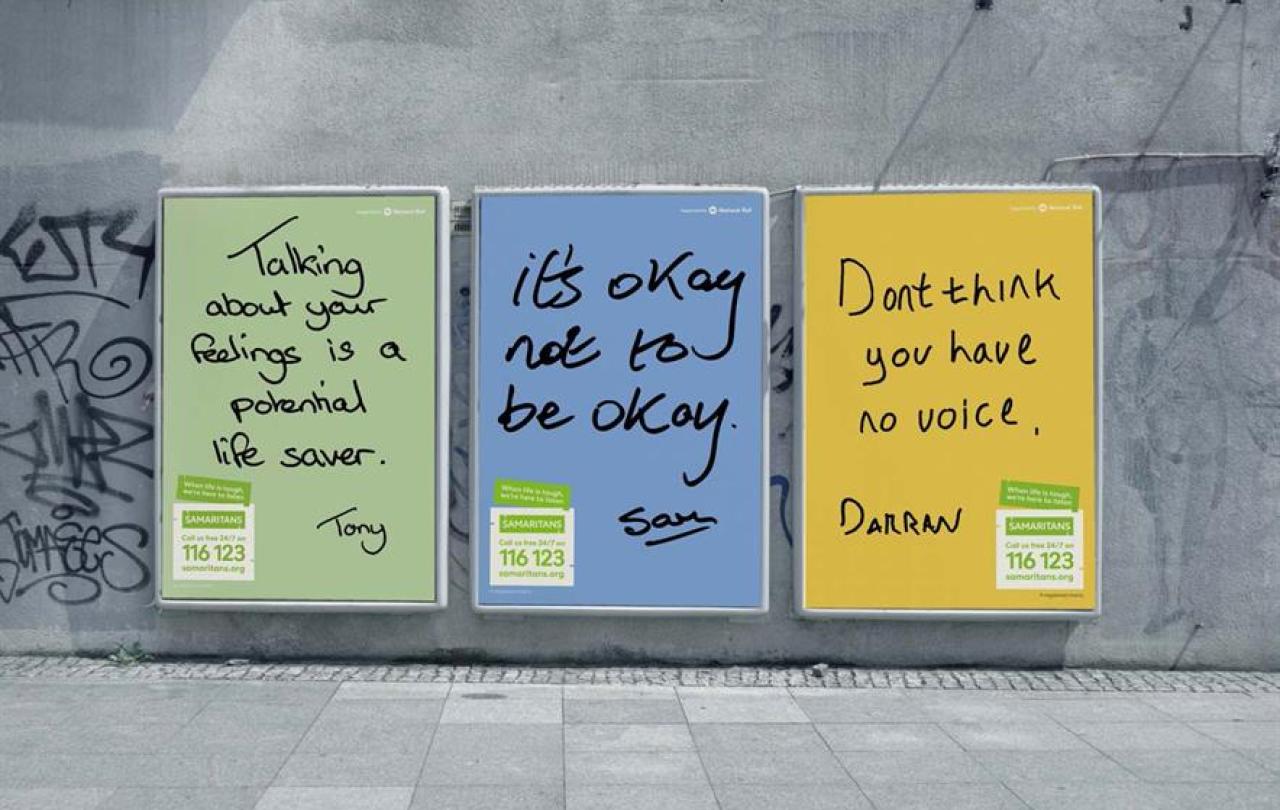
If we’d been working from home in 1980, I wouldn’t have met my wife (as she, of course, then wasn’t). The slow demise of the office romance may not exclusively be driven by WFH, when a clumsy or unwanted speculative pass will likely precipitate a visit from the HR police. But it’s sure harder (I’m told) to chat someone up over Zoom than a water-cooler.
There are some things you just, well, have to be there for. And it’s not just a matter of curating the gene pool for the future of the human race, which is hardly the top priority for most employers. Much more immediate commercial demands are served by employees being bodily present at work. They can check colleagues’ body language, be mentored more spontaneously, gossip about work, read the room and go outside for a fag with a friend. None of that works on a laptop at the kitchen table.
And yet these aren’t aspects of working life that are much, if ever, cited by opponents of WFH. Yup, for these bosses, it’s always about productivity, which allegedly slumps like the shoulders of a college-leaver told to re-write their CV, when staff work from home. So companies as diverse as Amazon, Boots and JP Morgan are demanding that their workers work five-day weeks at the office again.
Except, two things: One, that productivity point isn’t true. Professor Nicholas Bloom, an economist at Stanford University, has demonstrated empirically that a hybrid working model of three days at the office, plus two at home, is every bit as productive as fully office-based work overall. And, two, bosses may be shocked to learn that it’s their job to manage productivity, which is just as measurable at home as in the office. But then you don’t get to shout as much.
And there I think is the real point. Bosses might not be shouty, but their motives for office work are more than suspect. They may be obsessed with control. They need to see their staff working for them for proof of productivity. They want to sit in a big glass-walled office watching them. And, perhaps most of all, if staff aren’t in the office then what’s the point of being a boss? It might bring their own productivity management and role into sharper focus.
People who are privileged to manage their own time, or lack of it, in an office really shouldn’t be in the business of lecturing people who are not.
Furthermore, it’s been a long time, if ever, since some of those with the loudest voices calling for a return to the office have ever worked an ordinary job themselves. Lord Rose, formerly CEO of Marks & Spencer and chairman of Asda, told BBC’s Panorama that home working was part of the UK economy’s “general decline” (not true – see above).
And Sir Jacob Rees-Mogg, formerly business secretary (remind me, how did that go?), continues in opposition to fight the bad fight to get civil servants as well as the private sector permanently back at the office. Hilariously, he most recently did so in a video from the drawing room of his mansion in Somerset. Though, to be fair, having lost his seat at the last general election and seeing his investment company sliding down the pan, he’s not so much working from home as just... at home.
The serious point is that people who are privileged to manage their own time, or lack of it, in an office really shouldn’t be in the business of lecturing people who are not. They really don’t know – or have forgotten - what it is to have your life demanded of you from 9am-6pm from Monday to Friday in a location that is less than comfortable to work in. Is that so complicated to take aboard?
And there’s another very big thing here. To demand office slaves is to commoditise people, to make them chattels (and, if some of these bosses were honest with themselves, that’s what they want). Staff become just another asset, not unlike the freehold of the office building in which you put them and watch as they make you money every day.
To put it bluntly, that is a sin. To treat human beings as tradeable commodities is to debase their dignity. And for those of faith, that dignity is vested in each unique one of them bearing the image of God. As a good Catholic, Rees-Mogg should be familiar with the doctrine of Imago Dei.
So there’s a holy, as well as secular, work-ethic at play here. The worker is worthy of his/her wage. That scriptural phrase usually focuses on the material value of the wage. But it’s also worth registering that the worker is “worthy”.
To treat staff like they have an inherent worth, rather than simply a productive asset, has a value way beyond the money they are paid. And the dividends on that investment will be immense. Respect them. Let them work from home.
Join with us - Behind the Seen
Seen & Unseen is free for everyone and is made possible through the generosity of our amazing community of supporters.
If you’re enjoying Seen & Unseen, would you consider making a gift towards our work?
Alongside other benefits (book discounts etc.), you’ll receive an extra fortnightly email from me sharing what I’m reading and my reflections on the ideas that are shaping our times.
Graham Tomlin
Editor-in-Chief





